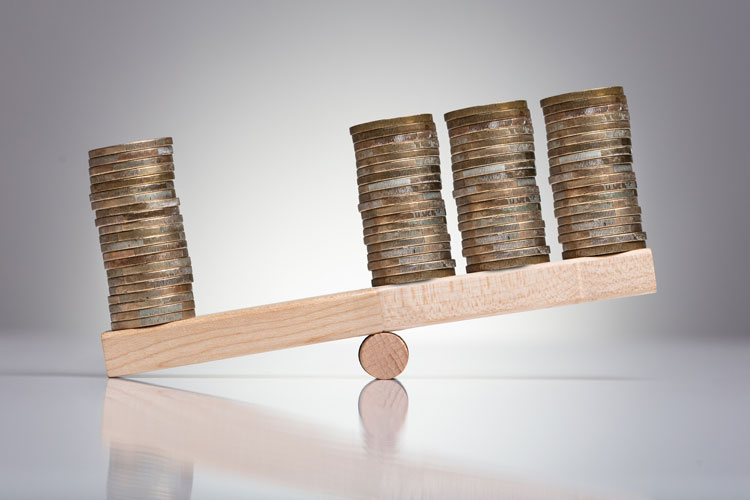
“I think this is a fragile high,” cautioned dairy economist Mark Stephenson.
We know that milk prices already live on a knife’s edge, and the pandemic has heightened that uncertainty. Daily changes in the operation of businesses and institutions are just one factor in the puzzle of high prices today that aren’t guaranteed tomorrow. Stephenson was among the panelists of the June 24 DairyLivestream who were hesitant about the sustainability of this situation.
The skepticism is a combination of a likely rebound in milk production as well as reduced demand from export customers due to higher prices.
“At $2.70 a pound for cheese, that’s fully a dollar higher than other export opportunities would be for customers. We will become a destination for cheese, not a source of it,” Stephenson projected. “I think those prices will have to get roped back in.”
In a similar vein, Stephenson mentioned that cheesemakers are likely not motivated to pay full price for milk right now, in the flush of the season, when their product will not be sold immediately. By the time it is ready in a few months, prices are expected to have slid back some.
The teeter-totter
Then there is the question of milk supply and demand.
Production restraints earlier this spring proved viable, as daily production dropped from 625 million pounds in March to 608 million pounds in May. Those May numbers are roughly 1% lower than May 2019 production, which is usually the year’s peak.
Some co-op base programs are still in effect around the country, but today’s more positive price outlook, partially influenced by the change in supply, certainly gives incentive to raise production.
“One thing that we do know from past experience is that if $20 milk starts showing up on milk checks at the feed prices we have now, U.S. dairy farmers will find a way to produce milk. They will definitely bring the milk back,” said Cornell economist Chris Wolf.
And although retail demand has seen some rebound as businesses and restaurants open back up, we are also still entering the typical low dairy consumption phase of the year — the summer. Sales this fall, the reliable high point for dairy sales, are a question mark as schools and events attempt to navigate their reopenings.
Undoubtedly, much remains to be seen.
“We got off of the tilt-a-whirl and we’re back on the roller coaster,” described Wolf.
An ongoing series of events
DairyLivestream will air twice each month for the remainder of this year. The next broadcast will be on Thursday, July 9 at 11 a.m. CST. Each episode is designed for panelists to answer over 30 minutes of audience questions. If you haven’t joined a DairyLivestream broadcast yet, register here. Registering once registers you for all future events.








